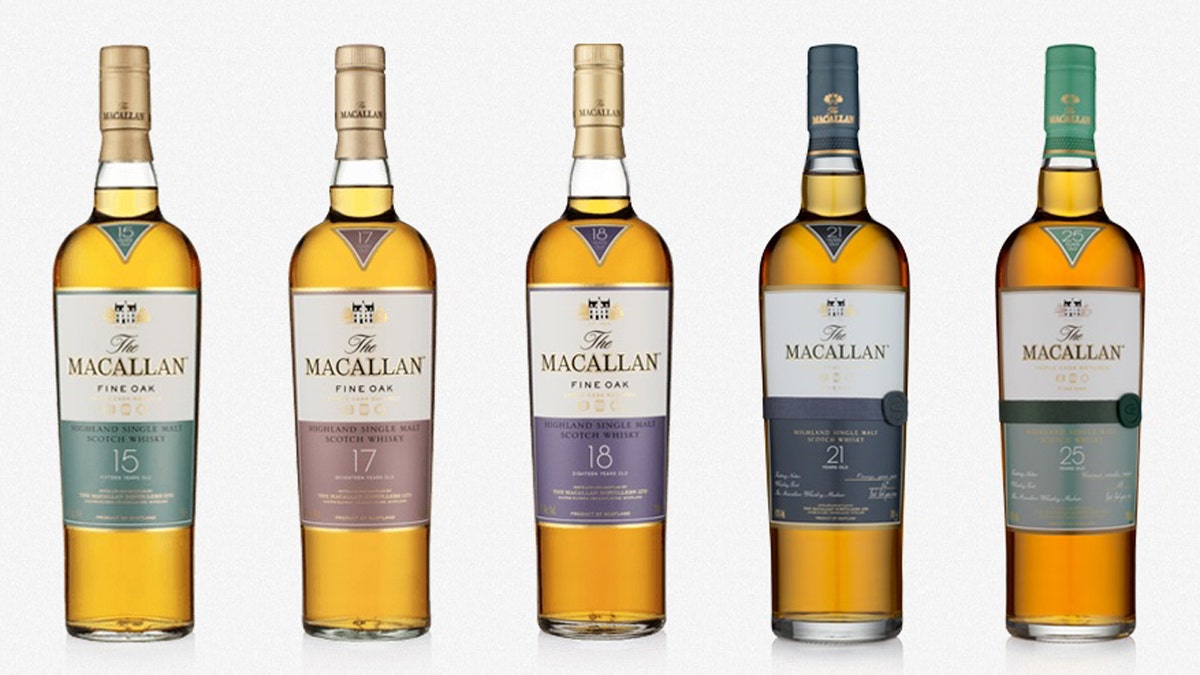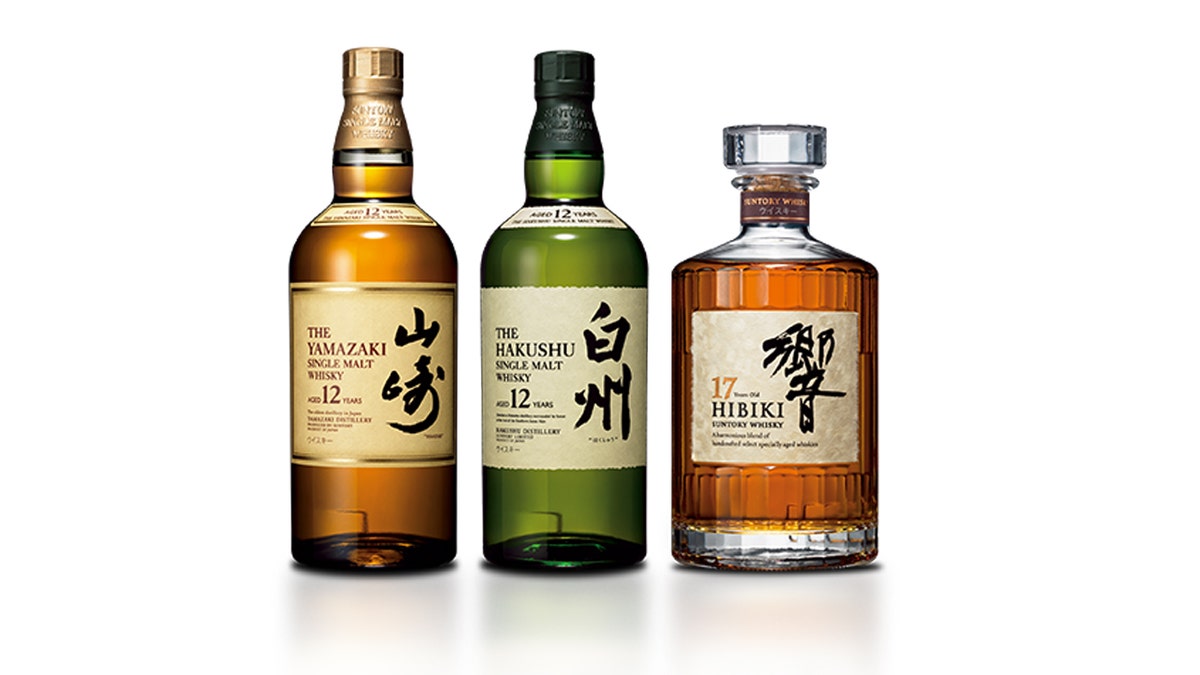Master sommelier and author Richard Betts doesn’t really believe in critics. To Betts, taste is so deeply personal; why leave the big decisions up to someone else?
It’s why his new book about whiskey isn’t a complicated or difficult-to-penetrate tome. The Essential Scratch & Sniff Guide to Becoming a Whiskey Know-It-All is, yes, an actual scratch-n-sniff picture book designed to equip people to do their own thing—a sort of whiskey decoder ring. First step? Figure out how on earth you’re supposed to decipher the label on a whiskey bottle—so you can know your Tennessee whiskeys from your bourbons, your single malts from your blends, and the difference between whiskey aged 12 years versus 18 years. Betts laid it out for us:
1. Where is it from?

(AP File Photo)
While whiskey is made all over the world from Taiwan to India, Betts recommends getting familiar with whiskeys made in five places: Ireland, Scotland, the U.S., Canada, and Japan. Just to get this out of the way, here’s a mini spelling lesson. Betts says the “e” or no “e” debate can be settled with an easy rule: “If there’s an ‘e’ in the name of the country, then the whiskey has an ‘e’, like America. No ‘e’, like Japan, and it’s whisky.”
Ireland: Even though Scotland and Ireland are right next to each other, Betts says the whiskey that comes out of them couldn’t be more different. Irish whiskey is distilled three times, as opposed to two times in Scotland. Every time you distill something, it becomes smoother and loses some of its initial punch. So, generally speaking, Irish whiskey is smoother and grassier, with hints of honey.
Scotland: He describes Scotch whisky as fuller with “a lot more to say.” As Betts puts it, “[Scotch whisky] asks more of you as a drinker.”
Canada: It’s the same deal with whiskeys from the U.S. or Canada; they couldn’t be more different, explains Betts. He think of Canadian whiskies as round, smooth, and easy to drink.
United States: American whiskeys are the Scotch analog, says Betts: “There’s so much more room for expression of spicier things in American whiskey.”
Japan: Japanese whisky is Betts’ personal favorite. “They took all the cues from Scotland when they set up production, so it reflects a lot of that, but it’s a unique environment,” he says. Not only does the place matter, but the climate there also makes the finished product a touch subtler than Scotch.
2. How old is it?

(Macallan)
Age refers to the time the whiskey spent aging before it was bottled. But aging for 18 years in Scotland is not the same as aging for 18 years in Kentucky, says Betts: “The climates are very different. Aging for 18 years in Scotland is necessary to get something complex and full, while 18 years in Kentucky may actually be too old, because it’s so warm there that the whiskey can become too oak-y or tannic.” The more time it spends in the wood, the more flavor it extracts from the wood and the more it gives up some of its initial flavors.
3. Tennessee Whiskey vs. Bourbon

(AP File Photo)
Both Tennessee whiskey and bourbon whiskey are bourbons. All bourbons are made from 51 percent corn; aged in new, charred American oak barrels; and are no more than 160 proof. The big difference between the two lies in location and process. While bourbon can come from anywhere in the U.S., Tennessee whiskey must come from Tennessee (duh) and must undergo the Lincoln County process, which entails running the raw spirit through a 10-foot charcoal filter that gives the resulting liquor a smoother finish.
4. Single Malt vs. Blended Scotch

(Yamazaki Distillery, Suntory)
Saying a Scotch is single malt just means that it’s made entirely from malted barley. “That gives it a specific taste, like adding malted milk powder to a chocolate milkshake. It doesn’t mean it’s less good,” says Betts, though he personally prefers blended Scotch, which is made from a blend of malted barley and unmalted grain spirits.
Still need more help? Check out more tips for reading whiskey labels.
More from Bon Appetit
6 Essential Cocktails Everyone Should Know How to Make
Sorry, Pumpkin. This Fall, We're Drinking Oktoberfest Beers
The Best New Cocktail Bars in the Country
14 Warm Drink Recipes to Keep You Cozy, From Hot Chocolate to Hot Toddies
